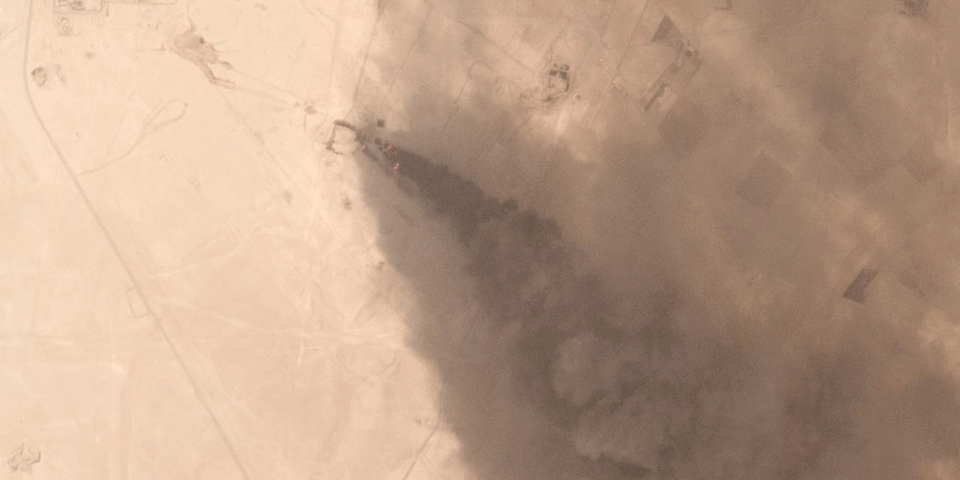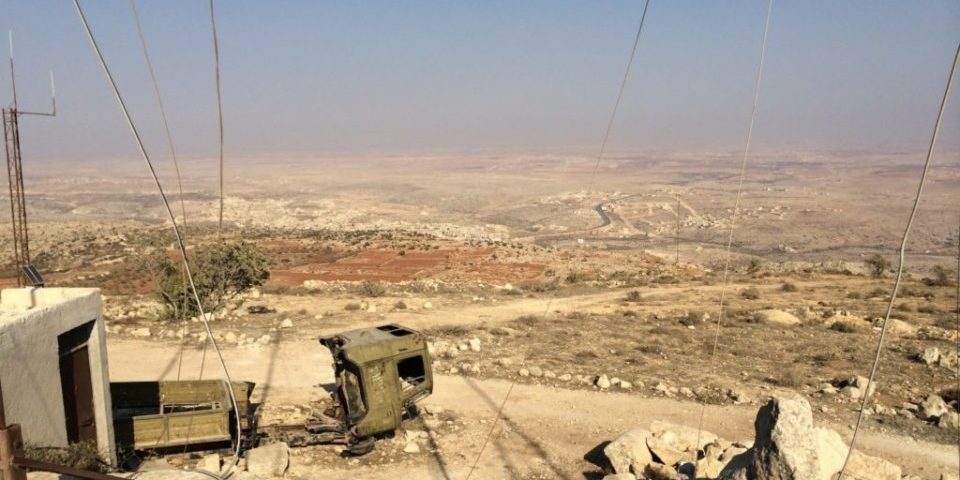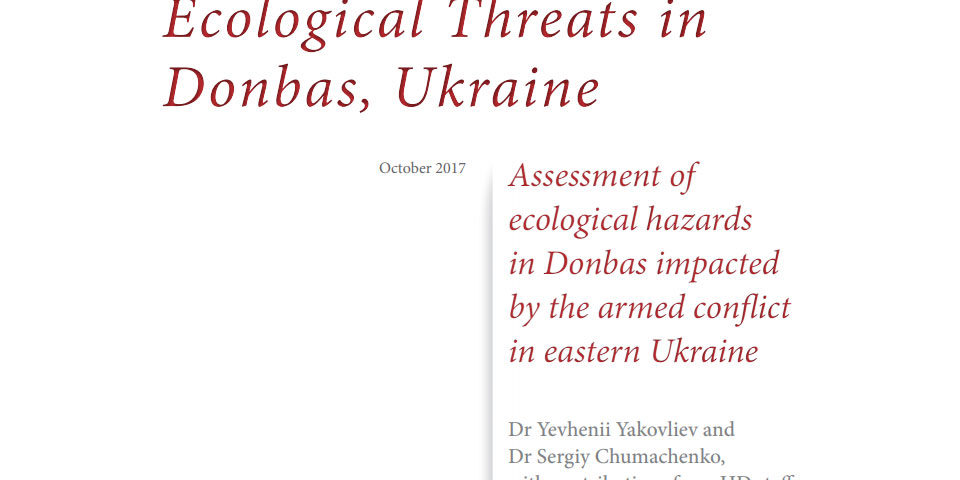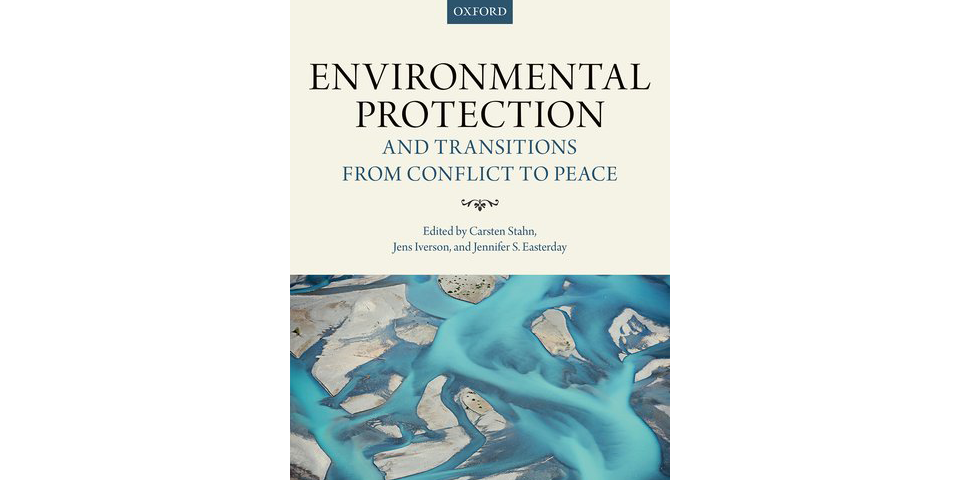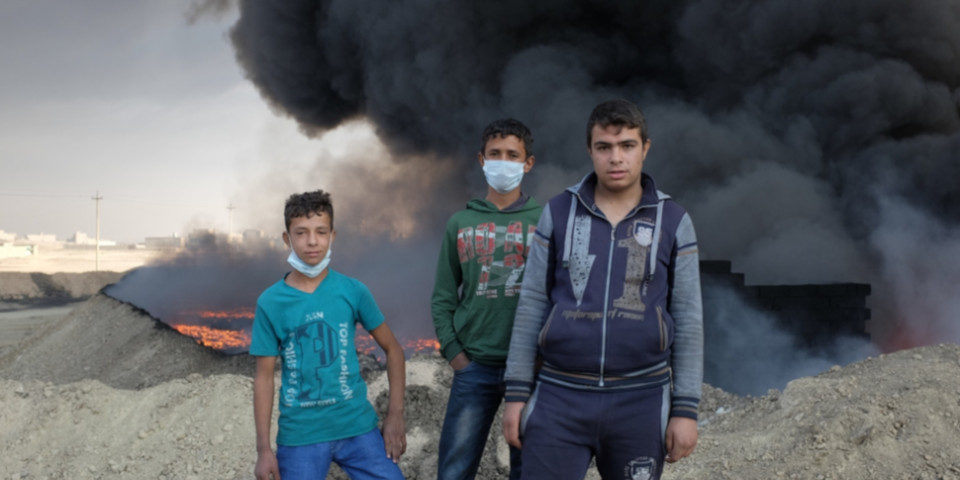PAX/Bellingcat | Hazardous Legacies: An Open-Source Overview of the Destruction of Deir ez-Zor’s Oil Industry
Russian Air Force and CJTF-OIR bombing has heavily targeted oil infrastructure. At the same time, scorched-earth tactics by the Islamic State also caused pollution. These actions have left an environmental toxic footprint that is already posing health risks to local communities.

